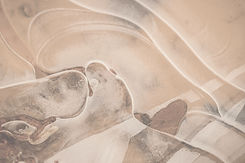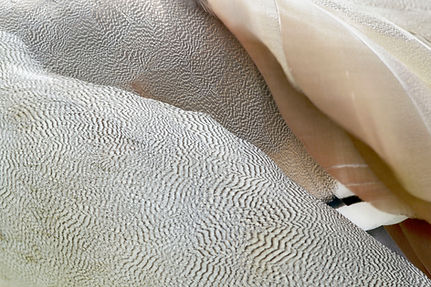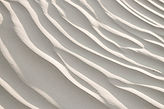

JAGUAR XKE
Jaguar XK-E
The Jaguar E-Type, or the Jaguar XK-E for the North American market, is a British sports car that was manufactured by Jaguar Cars Ltdbetween 1961 and 1975. Its combination of beauty, high performance, and competitive pricing established the model as an icon of the motoring world. The E-Type's 150 mph (241 km/h) top speed, sub-7-second 0 to 60 mph (97 km/h) acceleration, monocoque construction, disc brakes, rack-and-pinion steering, and independent front and rear suspension distinguished the car and spurred industry-wide changes. The E-Type was based on Jaguar's D-Type racing car, which had won the 24 Hours of Le Mans three consecutive years beginning 1955, and employed what was, for the early 1960s, a novel racing design principle, with a front subframe carrying the engine, front suspension and front bodywork bolted directly to the body tub. No ladderfame chassis, as was common at the time, was needed and as such the first cars weighed only 1315kg (2900lb).
The Series 1 was introduced, initially for export only, in March 1961. The domestic market launch came four months later in July 1961. The cars at this time used the triple SU carburetted 3.8-litre six-cylinder Jaguar XK6 engine from the XK150S. Earlier built cars utilised external bonnet latches which required a tool to open and had a flat floor design. These cars are rare and more valuable. After that, the floors were dished to provide more leg room and the twin bonnet latches moved to inside the car. The 3.8-litre engine was increased to 4.2 litres in October 1964.
The Series 2 introduced a number of design changes, largely due to U.S. design legislation. The most distinctive exterior feature is the absence of the glass headlight covers, which affected several other imported cars, like the Citroën DS, as well. Unlike other cars, this step was applied worldwide for the E-Type, not just to Americans living under the authority of the National Highway Traffic and Safety Administration.
The E-Type Series 3 was introduced in 1971, with a new 5.3 L twelve cylinder Jaguar V12 engine, uprated brakes and standard power steering. Optionally an automatic transmission, wire wheels and air conditioning were available. The brand new V12 engine was originally developed for the 24 Hours of Le Mans. It was equipped with four Zenith carburettors. The final engine was claimed to produce 203 kW (272 hp), more torque, and a 0-60 mph acceleration of less than 7 seconds, but this bhp figure was reduced in later production. The short wheelbase FHC body style was discontinued, with the Series 3 available only as a convertible and 2+2 coupé.










